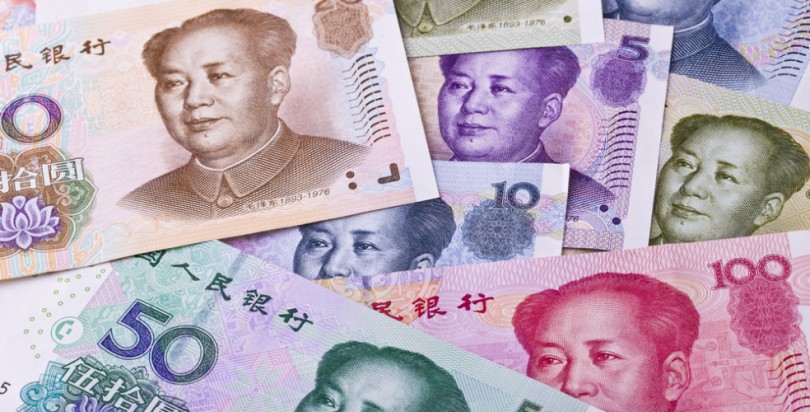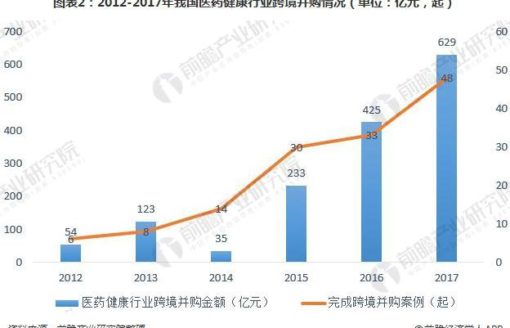China is currently the world’s second-largest economy and has been one of the key engines of global growth. It adds up to between 10% and 15% of the global GDP (depending on how GDP is defined), and the country is estimated to account for around 25-30% of world’s economic growth. It is evident that the demand and use of China’s currency renminbi has been on an uptrend in general although the currency’s ongoing internationalization faces challenges amid its longstanding capital control policy and more recently the trade disputes with the U.S., potentially slowing the growth of China’s overall trade.
Trade settlements in renminbi rebounded to 14.6% of China’s total trade in April 2018 after hitting a low of 12.5% in December 2016. This percentage is expected to maintain an upward trajectory, as many Chinese organizations plan to conduct more trade transactions in the domestic currency instead of the U.S dollar. Moreover, China is pushing for oil trade settlement in renminbi (targeting crude oil importing from Russia and Angola at the beginning). Furthermore, China has signed bilateral currency-swap agreements with a number of countries such as Thailand, Singapore and Malaysia to facilitate the use of renminbi for cross-border trade settlement and investment.
Despite the Chinese government has taken the above-mentioned steps among others to promote the international use of renminbi, the country is not yet ready to allow the free flows of capital in and out of the country and permit renminbi to fluctuate without intervention and its value against other currencies to be determined purely on market forces of supply and demand. Nevertheless, given the sheer size of China’s economy and its expected rising share of global trade, the internationalization of renminbi could make further progress if China continues to open up its economy and reduce its control over the markets.





Singapore Accounts for Significant Percentage of Total Tech Investment in Southeast Asia